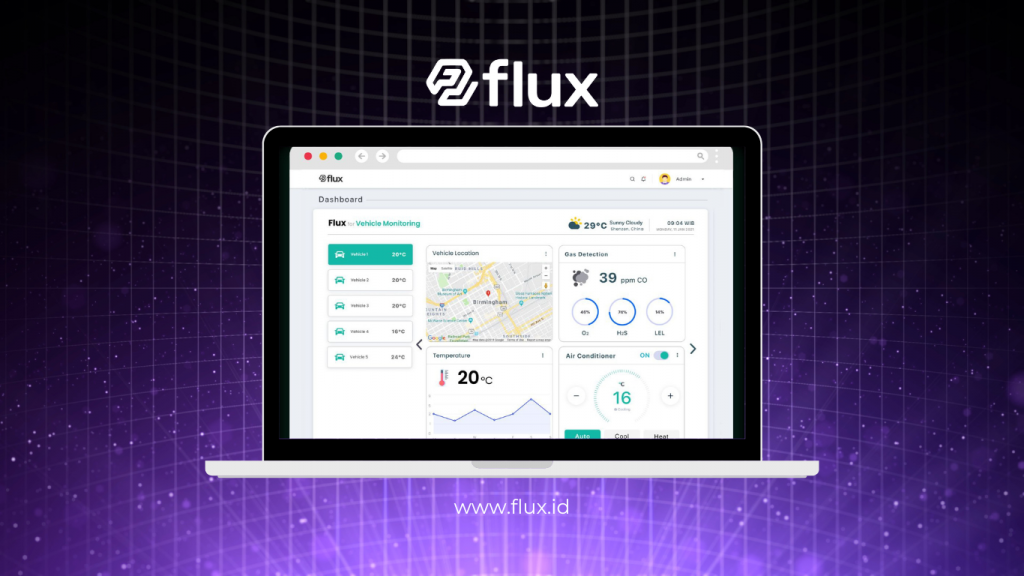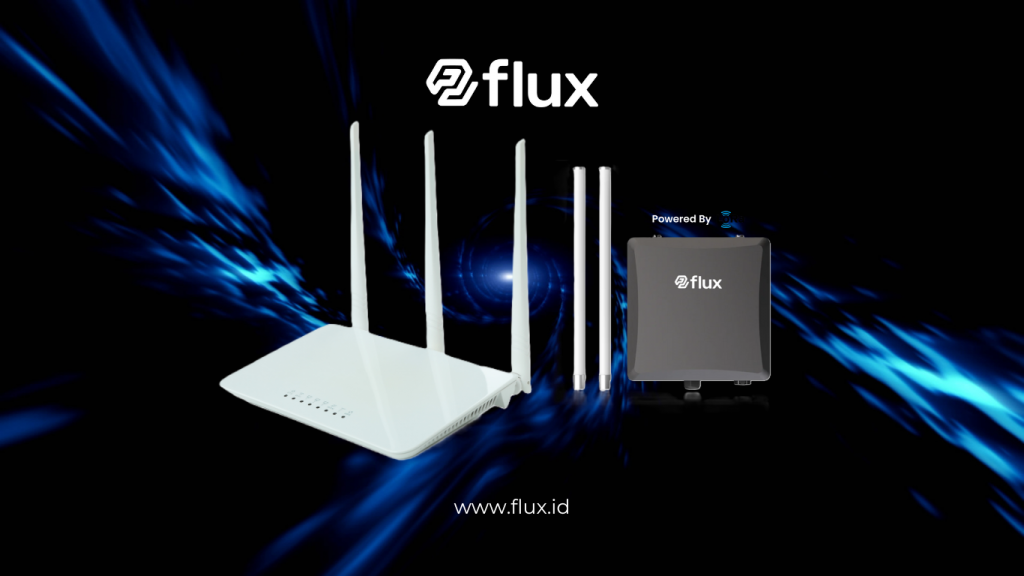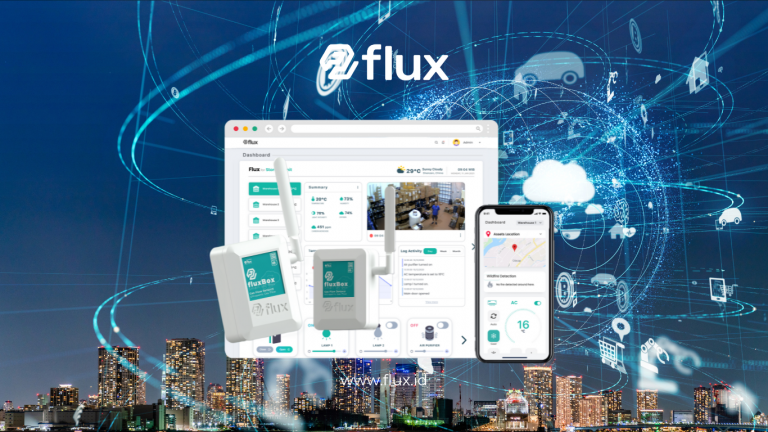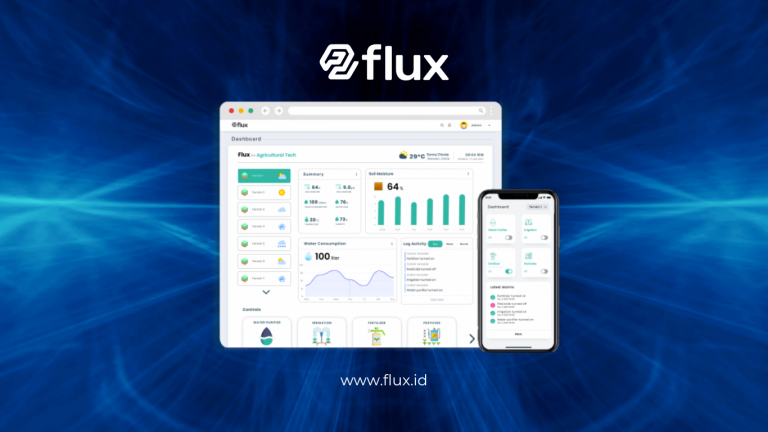Don't miss our holiday offer - 20% OFF!
In an ever-evolving technological era, the Internet of Things (IoT) has revolutionized the way we interact with the devices around us. From smart homes to efficient industries, IoT offers various solutions to enhance productivity and efficiency. One of the prominent platforms in IoT management solutions is Flux from Nocola. With advanced innovations specifically designed for modern business needs, Flux provides a new way to manage, monitor, and optimize various IoT devices. This article will delve deeper into Flux, how the platform works, its benefits to companies, and its applications across various industry sectors.
Contents
What Is Flux?

Definition
Flux is an integrated IoT device management solution that allows users to efficiently connect and manage their devices within a unified platform. Flux provides the necessary tools to monitor device conditions in real-time, collect data, and analyze relevant information for better decision-making.
Key Functions
- Device Integration: Flux can connect various types of IoT devices, from sensors to heavy machinery, allowing companies to manage everything easily.
- Real-Time Data Analysis: This platform enables users to obtain data directly from devices, ensuring that current information can be accessed anytime and anywhere.
- Automation Management: Flux includes automation systems that help optimize operations, reduce downtime, and enhance productivity.
Why Choose Flux for IoT Management?

1. Improving Operational Efficiency
Flux plays a crucial role in enhancing operational efficiency. With all data from devices available in one platform, companies can quickly identify issues and take necessary actions to improve processes.
2. Smarter Decision-Making
Real-time data provided by Flux allows management to make better decisions. By having a deeper understanding of the condition and performance of devices, companies can anticipate problems and respond to market changes more effectively.
3. Flexibility and Scalability
Flux is designed to be customizable to the specific needs of each industry sector. This flexibility enables companies to adjust their use of the platform according to growth and changing requirements over time.
4. Enhanced Security
Security is a top priority for Flux. With robust security systems, the data collected from devices is protected from cyber threats, ensuring the integrity and confidentiality of business information.
Benefits of Flux for Companies

1. Cost Reduction
By improving process efficiency and minimizing downtime, Flux helps companies save on operational costs. An effective system allows companies to make better use of their resources.
2. Improved Product Quality
With better monitoring, Flux enables companies to ensure that all products meet the expected quality standards. Issues within the production process can be detected more quickly, allowing timely corrective actions.
3. Support for Sustainability
The implementation of Flux contributes to sustainability initiatives by helping companies reduce emissions and waste, actively participating in environmental protection.
Applications of Flux in Various Sectors

1. Manufacturing Sector
In the manufacturing industry, Flux is used to monitor machines and production processes in real-time. With an integrated system, companies can enhance efficiency and reduce downtime.
2. Energy Sector
Flux plays an important role in monitoring energy consumption and emissions. With accurate data, companies can ensure compliance with regulations and improve their energy efficiency.
3. Healthcare Sector
In healthcare services, Flux is used to monitor medical equipment and track patient activities. This helps improve operational efficiency and provides high-quality service.
4. Transportation Sector
Flux facilitates fleet management in the transportation sector by providing critical data related to vehicle location and condition, ensuring efficient vehicle usage and reducing operational costs.
Best Practices for Implementing Flux

1. Clear Implementation Plan
Creating a detailed and structured plan before implementing Flux is essential. This plan should include a comprehensive analysis of needs and objectives to be achieved.
2. Employee Training
Ensuring that all employees receive adequate training on how to use Flux will help them maximize the benefits of the system.
3. Customization of Features
Tailor the features of Flux to meet the specific needs of your business to increase efficiency and user experience.
4. Routine Monitoring and Evaluation
Conduct regular evaluations to monitor the effectiveness of the Flux system. This helps identify areas that need adjustments and allows for improvements to maximize the benefits of the system.
Conclusion
With Flux, digital transformation in IoT device management becomes easier and more efficient. This platform not only enhances productivity and operational efficiency but also supports sustainability, providing significant competitive advantages for companies in the era of Industry 4.0.
Using solutions like Flux is a smart step to remain competitive in an increasingly connected world. Let us build a better and more efficient future by adopting innovative technology solutions!





